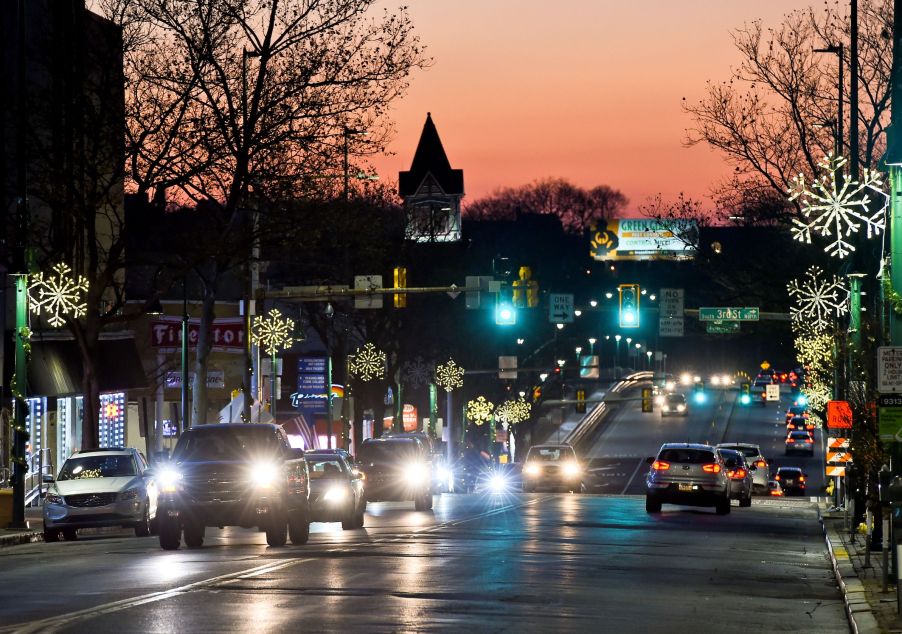
LED or Halogen, Color Temperature Matters for Headlights
Even if you’re not planning on installing some LEDs, headlights are a common car maintenance item. And even if you’re sticking to halogen ones, making sure your headlights are clean and clear is an important safety concern. But how bright the lights are isn’t the only thing to pay attention to when picking out bulbs. You should also pay attention to the color temperature—and here’s why.
What is color temperature?
As a concept, color temperature isn’t limited to car headlights. It applies to the lights in your bedroom, streetlights, and even sunlight. And, as we’ll explain later, it’s not just lighting experts that worry about color temperature: automotive paint suppliers do, too.
So, what exactly is color temperature? It’s based on the observation that objects, such as metal bars, glow as they heat up, LED Lighting Supply explains. And as they heat up more and more, the emitted light changes shade. For an ideal emitter, the light goes from red to orange to yellow to white to almost violet as its temperature rises.
This is where color temperature, measured in degrees Kelvin (K), comes into play. The color temperature of a specific light describes the shade of that ideal emitter when it’s at that temperature. The higher the number, the bluer—or ‘cooler’—the light. A lower number, in contrast, means a warmer, yellower light.

For example, older incandescent bulbs have a color temperature of roughly 2700 K, LightForce reports. Hence their yellow glow. In contrast, most street-legal headlights are in the 3400-5000 K range, Autoblog reports. Direct sunlight hovers in the 5000-5400 K range. But closer to dusk, it might be close to 8000 K.
Why is color temperature an important consideration for car headlights?
Your car headlights’ color temperature is independent of their strength, i.e., how many lumens they put out. But that doesn’t mean changing the temperature doesn’t change your perception.
Up until about 5000 K, increasing your headlights’ color temperature tends to improve your perception, LightForce reports. Human eyes are very sensitive to blue light, Olympus reports, and they perceive cooler lights as being brighter, Amerlux reports. As a result, you can pick out more details and interpret color differences more accurately.
That last part is especially important for automotive paint developers and detailers, X-Rite and OCDCarCare explain. Changes in ambient color temperature change our perception of an object’s color. I experienced this with my first car, a 2002 Chevrolet Malibu. The car was a metallic grain in sunlight; but under a gas station’s comparatively-bluer fluorescent lights, it was a flat blue.
However, changing the color temperature of your car’s headlights only works up to a point. Going significantly past 5000 K reduces how effectively our eyes pick up details and color differences. This creates glare and eye fatigue, LightForce explains. And not just for you, but for oncoming traffic, ABC3340 reports.
Should you change it on your car?

You don’t have to change your headlights from halogens to LEDs to change the color temperature. Sylvania, for example, offers halogen bulbs ranging from 3100-4100 K, BestHeadlightBulbs reports. So, if your current bulbs break, you can replace them with yellower or bluer ones. But does that mean you should?
If you’re trying to get brighter headlights, make sure they’re not fogged or clouded over first. Cleaning them up will net you a noticeable lumen increase. But if you want more resolution from your halogens, switching to bulbs with a higher color temperature can help. Though again, only up to a point. And it’s worth keeping in mind that, at least for halogens, the bulbs with the whitest light tend to be the most expensive.
Follow more updates from MotorBiscuit on our Facebook page.


